Acknowledgments
There are many people who helped to make this study possible. I am deeply indebted to my editor, Willis Regier, whose keen insight and enthusiasm helped to make this project a reality. Linda Hutcheon, as always, offered support and encouragement throughout. I would like to thank colleagues and friends who devoted time and effort to reading various versions of this book and offering their insightful comments: Gillian Roberts, Anne-Marie Kinahan, Jennifer Andrews, Jodie Medd, and Michael Dorland. Brian Greenspan, Tai Zimmer, Jamie Barlowe, Peter Rabinowitz, Rinaldo Walcott, and Colleen Petrunek were integral sounding boards for my sometimes off-the-wall ideas. I am grateful to those who offered advice and information: Cynthia Sugars, David Buchbinder, Katie Kodat, Mary Ann OFarrell, Dara Byrne, Sherill Grace, Paul Keen, Kristen Leaver-Guest, Dana Medora, Suzanne Rancourt, Ian Cameron, and others too numerous to mention. Shannon MacRae and Steven Steck were indispensable to the project, tracking down references, finding sources, and just being there. I am also indebted to the Carleton University Research Fund for their support of this study. Finally, many thanks to my anonymous readers for their invaluable suggestions.
Introduction
Like
I use the cannibals of Gilligans Island to open my study of cannibal culture because I was certainly not alone in my delight with Gilligan and his friends (the popularity of the series is evidenced by its long rerun history and its recent rerelease as a Classic TV video in various book and videotape clubs), and my exposure to the series inevitably colored my perception of cannibals. Although these particular headhunters were presented in the framework of a situation comedy, I nonetheless viewed them as frighteningly savage, nonwhite people, ready to devour and invade my comfortable existence. At the time, I did not question the construction of the cannibals as interlopers but rather accepted Gilligan and the other castaways as the rightful inhabitants of the island. It never occurred to me that my assumption (and, I would venture, the assumption of the TV show) involved a displacement because it was the inhabitants of the SS Minnow who were invading the cannibals territory and thus they who were the interlopers, bringing a perhaps unwanted civilization to the wilds.
This televisual characterization is significant because it indicates a crossroadscomprising, as it does, both a look back at the past and a nod to the futurerepresentative of both nineteenth- and twentieth-century anxieties. The figuration of these cannibals relies on historical cannibal constructions, especially those in early explorer narratives and imperialist writings. Within them, cannibals resided in some dark and remote land (Africa was a favorite), where they lurked in the jungle awaiting innocent explorers, whom they would then invite to dinneras the main course.
Probably the first literary appearance of the cannibal can be located in Homers Cyclops, although the term itself did not enter European languages until Columbus made his famous voyage (Conklin 4). Curiously, however, Columbuss diary exhibits confusion over what precisely cannibals did. As Peter Hulme points out, Columbus expressed incredulity over the reports of cannibalism he received from the local natives, as is apparent in the following passage from his diary, which already assumes a narrative-within-narrative form: The admiral says that he well believes that there is something in this [report of cannibals], but that since they were well armed, they must be an intelligent people. He believed that they may have captured some men and that, because they did not return to their own land, they would say that they were eaten (cited in Hulme 367). The they referred to here are the Arawaks, and it is their stories of Carib cannibals (curiously, the flesh-eaters they reported had one eye in the middle of their foreheads [Hulme 366]) that the Europeans question. Yet although there is a degree of disbelief expressed over the presence of the man-eaters and their activities (i.e., did they or didnt they?), Hulme offers a provocative commentary on the situation: Linguistic morphology is concerned only with the connection made between the term cannibal and the practice of eating human flesh. We have seen how the very first mention of that term in a European text is glossed with reference to that practice, and to note how that reference is always present, either implicitly or explicitly, in any recorded use of the word cannibal from Columbuss on 23 November 1492 onwards. It was adopted into the bosom of the European family of languages with a speed and readiness which suggests that there had always been an empty place kept warm for it (367).
Certainly, the term was so well known by the nineteenth century that cannibalism, in one form or another, virtually litters nineteenth-century texts: from H. Rider Haggards sensational adventure stories, through Bram Stokers novels, to the writings of Joseph Conrad. Thus, that empty place of which Hulme speaks did indeed find something to fill it. And that something was always an Other from somewhere elsea country far, far away that generated frightening tales on which to feast while around the safety of ones own fire. Intriguingly, the explorer tales and sensation novels did not posit an imminent cannibal threat to the homeland; instead, the cannibals were part and parcel of the adventure narrative, wherein an explorer, traveling in an elsewhere, encountered savage natives during a search for treasure.
Little work has been produced thus far on twentieth-century cannibalism. With a world at war for much of the first half of the century, concerns of devouring or of being devoured took a more active form. Of course, various war stories circulated about cannibalism (especially regarding the siege of Leningrad during World War II), and after the wars a few scattered tales emerged of groups stranded in hostile environments who were forced to eat each other to survive. It was not until the 1950s that cannibalism once again became a popular motif, this time in a different form of sensation tale: the B movies. Many of the monsters from outer space characterized in these films were flesh-eaters, or invaders of the body, whose activities posed a threat to life, liberty, and happiness.
It is important to stress the displacement from outside to inside, which I noted earlier in relation to Gilligans Island, that takes place over the course of the nineteenth and twentieth centuries. Representations of cannibals in the earlier period assumed the form of savages, who awaited the intrepid (white) explorer in far-away colonies; in the twentieth century, these representations change to concentrate on cannibalistic threats to the West (be it in the form of a flesh-eating person or a flesh-eating disease). The segue indicates the ways in which the fear of the Other is brought home, domesticized, made both more familiar and more insidious. Consequently, as the threat is brought home, so is a transition from the cannibal as object of the gaze to the cannibal as subject


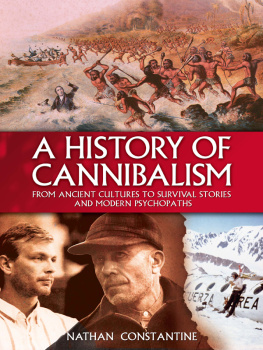
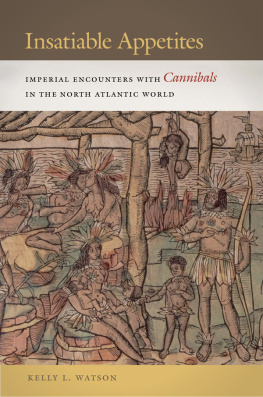
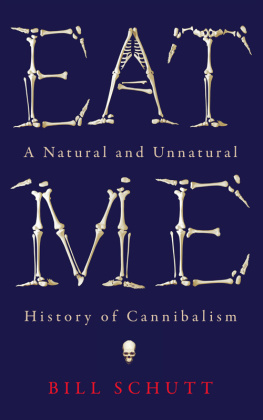
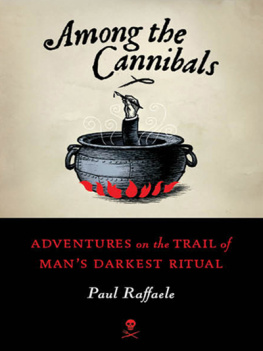
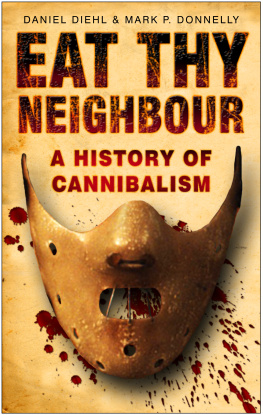
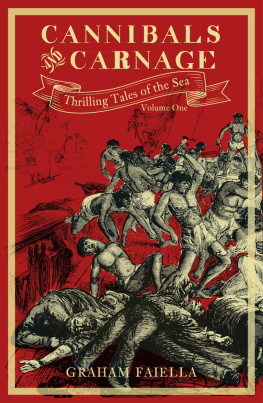

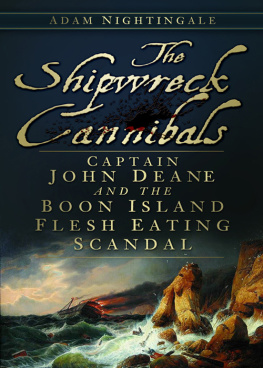
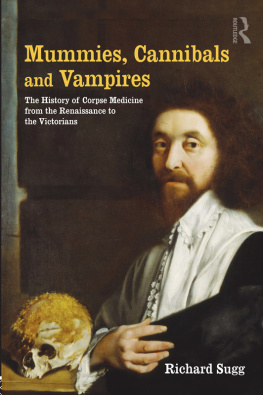


 This book is printed on acid-free paper.
This book is printed on acid-free paper.